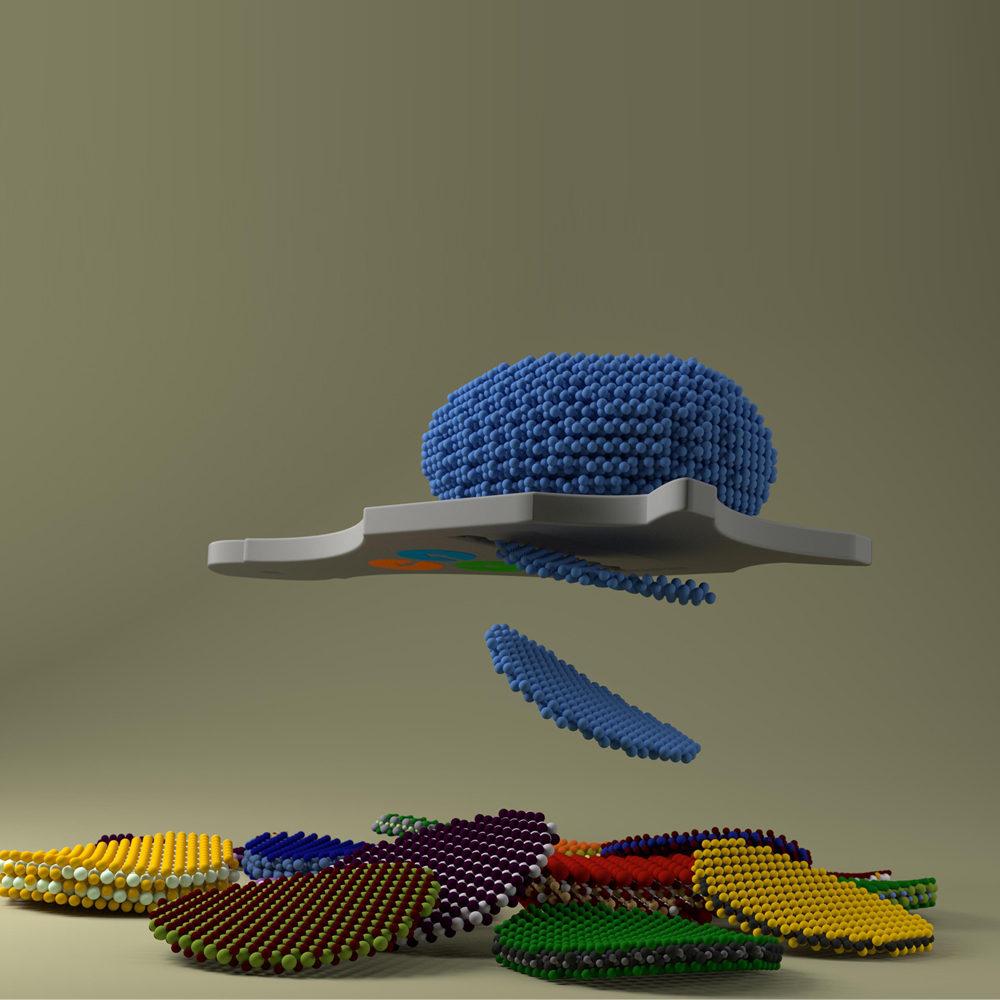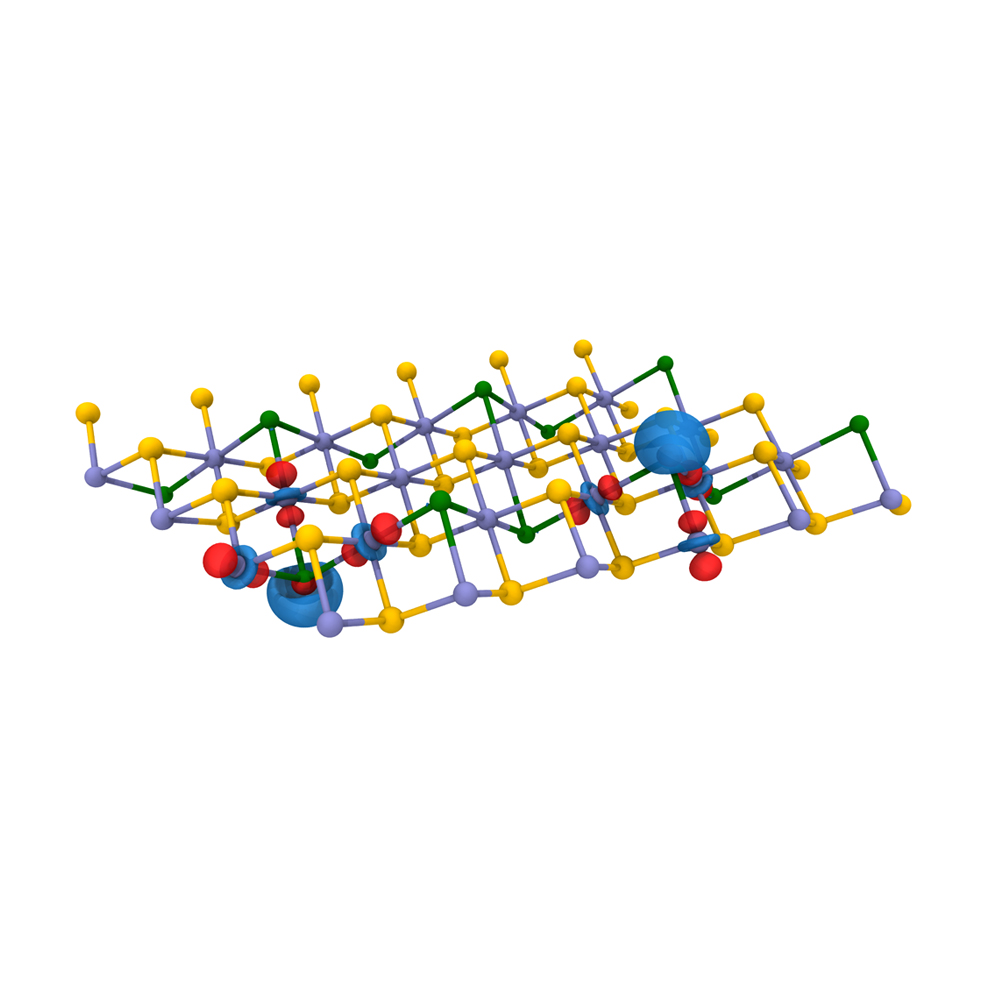in delivering the industrial innovation and competitiveness and in sustaining economic growth, as well as in exploiting future and greener technologies.

Materials shaped human civilization, impacting the evolution of the technologies and the benefits of the life style. Typically, every new material was discovered by chance - serendipity! - or through painstaking search. Just think of Edison, who tried more than 1600 materials for over 14 months to find the best one for the light bulb.
At this stage of scientific and technological advances, there is an increasing number of requests for more efficient, more resistant, smarter and greener materials.
How to easily reach this goal? The experiments are difficult, time-consuming and expensive, and definetely not at the pace of industry demands. And what if we are looking for something that still does not exist?
Nowadays, there is a new way to design, study or test materials, especially at a very fundamental level. We can use simulations (i.e., we can produce a computer model of their properties) to:
- design novel and not existing materials from scratch
- study existing ones from different points of view
- try to manipulate them in order to meet the technological requests.



Simulating new materials requires scientific codes (software) to study physical, chemical and electronic properties of materials, and powerful supercomputers to run such complex and energy-demanding codes.
Thanks to EU funding, MAX designs new materials at the exascale (that means, with computers that perform a quintillion calculations - 10^18 - per second):
At MAX, scientists / computer designers / entrepreneurs work together in order to make scientific discovery of better materials and new applications easier and quicker.
It brings accurate scientific codes to work with computers that are 1000x faster, more operational and eco-sustainable.

It means that we are going towards the design of novel materials for
in delivering the industrial innovation and competitiveness and in sustaining economic growth, as well as in exploiting future and greener technologies.

Do you want to understand more about some words you will find in this website?
Classical physics: the physics that describes macroscopic systems and is characterized by the cause-and-effect principle.
Quantum physics: the physics able to describe atoms and subatomic levels, it is characterized by the uncertainty principle.
Materials science: the process of understanding and engineering matter in new and useful forms.
Computational science: the science able to complement the paper and pencil theoretical science and the experiments in a laboratory. Given a certain problem, this science can simulate it solving algorithms that describe the properties and the physical law governing the system. The algorithms are written down with programming languages and developing dedicated codes and software.
HPC: High Performance Computing.